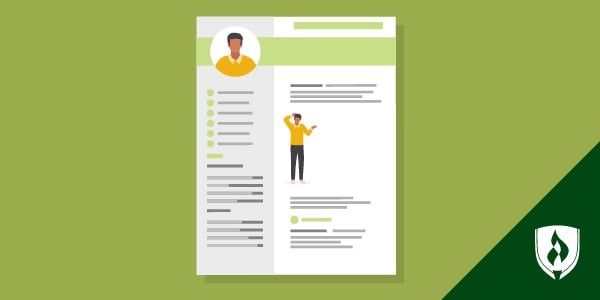Here are the top-8 best practices from esteemed career experts on how to maximize your LinkedIn account:
- GET TO KNOW COMPANIES
LinkedIn is a hugely untapped company database, with its thousands of company-related profiles that show key facts such as the company’s location, core mission, number of employees and employee network.
Look up companies you are interested in working for and the prospective management teams you would work under. This will better prepare you to make that first inquiry, write that cover letter, or even prepare yourself for an interview. Kate-Madonna Hindes suggests searching for the median age of the company’s employees and what backgrounds they have– what degrees, schools and fields they typically come from. This will help put a face on the company and ensure you’re the right fit.
Kelsey Kennedy, a Career Services Advisor at Rasmussen College suggests that job-hunters should, “make use of the website by using it as a company researching tool before going to interview at a company.” She went on to say, “You can learn a great deal about an organization by seeing the background of other employees. This also might make you aware of connections you could have to the company already.”
- CLEAN IT UP
Kennedy also suggests to “make sure to think of this as a marketing tool similar to your resume. Spelling and grammar are still important.”
Your resume and cover letter are typically nit-picked for grammatical errors; therefore your LinkedIn profile—which arguably is seen my more people than your resume should be flawless. Your LinkedIn profile is a huge reflection on your professional credibility, so it is crucial to edit your way to victory on your profile.
- CONNECT
The more connections you have on LinkedIn, the better chance you have getting noticed, and the higher your professional credibility is. Kennedy suggests: “Expand your contact list. Ask your connections to introduce you to their network or a contact.” Just as you would network at an industry event to increase the number of professional contacts, Kennedy suggests that adding connections on your LinkedIn network will position yourself in a similar fashion.
- JOIN
The first step to using LinkedIn proactively is becoming a member of LinkedIn communities. The Career Assessment Goddess herself, Susan Guarneri, suggests that you demonstrate your seriousness about finding a job by joining targeted industry and professional groups. For instance, if you are interested in sustainable jobs, join green technology groups. If you’re looking for a position in communications, join the Network of PR Professionals or the Media Professionals Worldwide group.
Groups are even more important for networking purposes. Nick Corcodilos, the publisher of www.AskTheHeadhunter.com and author of How Can I Change Careers? and How to Work with Headhunters, explains: “People tend to believe LinkedIn is a way to meet people. It’s not. It’s a way to find people who have things in common with you.” Join your alma mater’s group. Join your fraternity’s, sorority’s, or nationally recognized club’s group. Find a young professionals group in your city.
- HAVE CONVERSATIONS
Importantly, after you become a member of LinkedIn groups, you need to become an active member. Post discussion topics, engage in dialogue, and reach out to others who are involved. Corcodilos urges: “Use LinkedIn to participate with people and to create a reputation that makes others turn to you for help. That [is what gets people] hired.”
- ASK FOR REFFERALS
Some graduates have prior applicable work experience, through internships or actual jobs, and can ask supervisors to write them LinkedIn referrals. If you don’t fall into this category, ask a mentor. Many professors can vouch for the quality of your work even if you did not hold a typical “job” under them. By the same token, jobs of a less professional sort, such as serving, hosting or clerking at a department store do demonstrate a person’s transferable skills—“some things you wouldn’t even think about,” says Kate-Madonna Hindes—like a knack for customer service and multi-tasking, and talent for public relations. Ask these supervisors for referrals, as well.
Most importantly, your recommendations should breathe further life and personality into your profile. Susan Guarneri suggests having a minimum of five, all that “demonstrate your personal brand in action.”
- GET CONNECTED TO COMPANIES
Some companies’ human resource departments or recruiters send out openings exclusively through LinkedIn networks, allowing you to get the first scoop on fresh jobs. Even an online connection to a company can promise your application consideration. If you are feeling particularly brave and discover an employee with a position that interests you, you can always reach out directly via message. They may not respond, but, as Hindes states, “What happens if you don’t ask? Nothing.”
- GIVE OTHERS EASY ACCESS
Susan Guarneri urges users to include SEO keywords in their LinkedIn profiles, and thus target themselves to specific employers. Even more simply: be sure to include your email address in your profile. As Corcodilos maintains, “the purpose of LinkedIn is to make ‘real life’ contacts… It doesn’t matter how wonderful you are if it’s not easy to reach you.”




